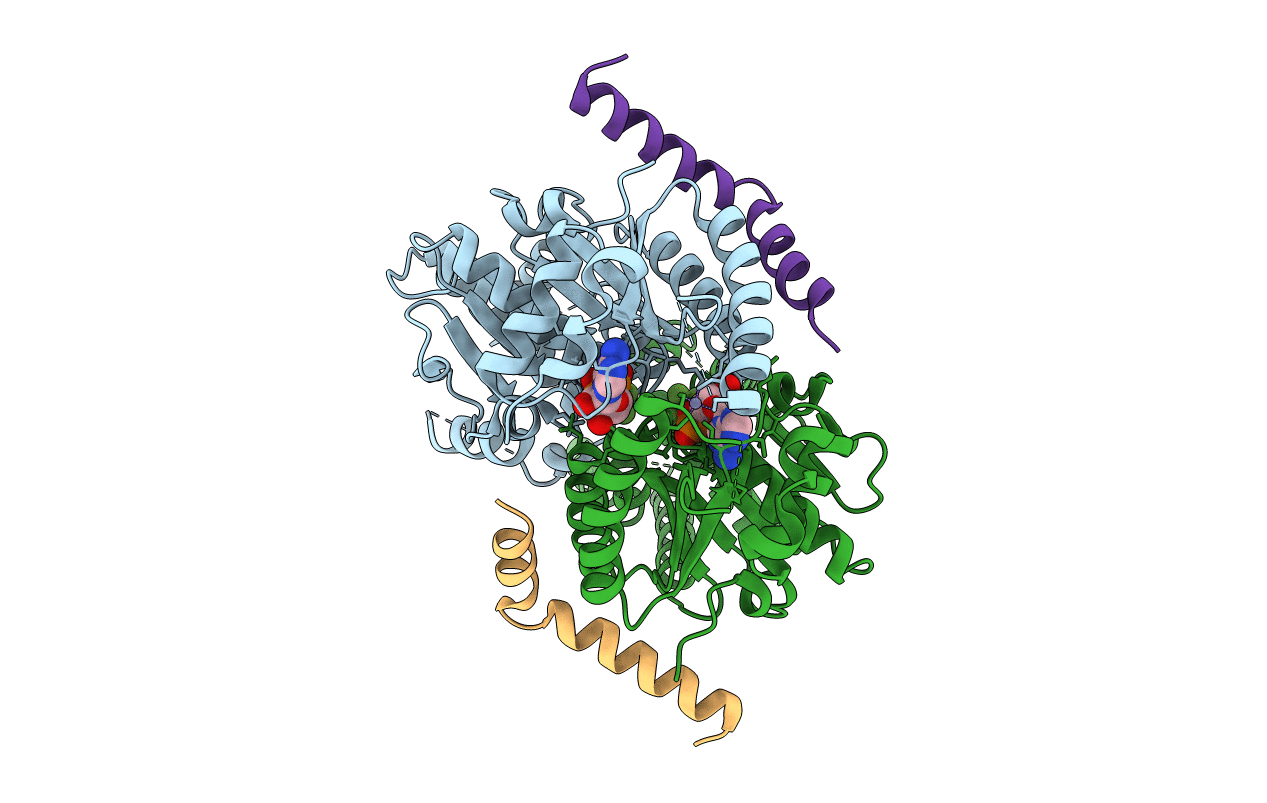
Deposition Date
2011-06-24
Release Date
2011-09-07
Last Version Date
2023-12-20
Entry Detail
PDB ID:
3ZS9
Keywords:
Title:
S. cerevisiae Get3-ADP-AlF4- complex with a cytosolic Get2 fragment
Biological Source:
Source Organism:
SACCHAROMYCES CEREVISIAE (Taxon ID: 4932)
Host Organism:
Method Details:
Experimental Method:
Resolution:
2.10 Å
R-Value Free:
0.23
R-Value Work:
0.18
R-Value Observed:
0.18
Space Group:
P 21 21 21


